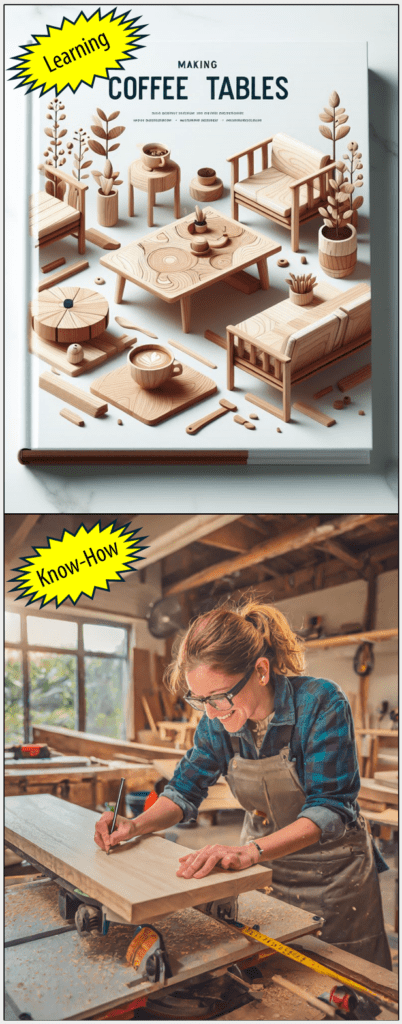
In recent years there has been a big push in Lean world to characterize Lean as “all about learning” to herald a unique feature and personal benefit. This new theme quickly caught on and remains a very popular perspective. But as with most things that are popular, it misses the point. And given the current state of Lean, it is clear that learning is not enough.
Learning is ever-present. Every day you learn new things, good and bad, what to do and what not to do, useful and useless, etc. In the context of Lean management, you can learn a lot within the realm of both “Fake Lean” and “Junk Lean.” That learning does not mean it produces the desired business results. Learning is a foundation, a launching point, but one has to go much further to gain know-how.
What is the difference between learning and know-how, the latter of which has long been prized among Toyota and other practical-minded leaders? Learning is generally understood to be knowledge that has yet to be applied. It involves the acquisition of new information and understanding concepts through activities such as reading, listening, observing, watching YouTube videos, training courses, etc. The outcome is to increase one’s base of knowledge but not the ability to apply it practically. For example, you can learn how to make a coffee table by reading a book, but that does not mean you know how to make a coffee table because you have never made one.
Know-how is the practical application of one’s learning in a specific context. For example, it means to learn about kanban from some source, say a book or a video, and then getting your hands dirty to create a kanban system. The likely outcome is that the kanban system does not function as planned, so, after multiple rounds of hands-on trial and error, a properly functioning kanban is created and subsequently improved upon as circumstances change. This iterative process develops one’s skills and proficiency through experimentation, resulting in the know-how to create kanban systems. Know-how is the ability to apply one’s learning in real-world situations to produce a desired business result.
SIDEBAR When The Wiremold Company was interviewing for a new president in February 1991, it found many candidates who knew of Just-in-Time from reading about it, but Art Byrne was the only candidate who had experience in implementing a Just-in-Time system. The candidate with the know-how, Art Byrne, got the job. — Source: Better Thinking, Better Results, pp. 16-17
Learning is necessary, but it is not sufficient. People can learn without gaining know-how, and that is largely the situation in Lean world — lots of learning but not enough know-how. The result is Fake Lean and Junk Lean.
It is also popular in Lean world to talk about developing people. Helping people learn makes a small contribution to developing people, but guiding people to do the hands-on work to gain know-how is a much larger contribution to developing people. Now I realize better than others that Lean professionals face many barriers in turning their learning into know-how. The result, however, is that efforts to develop people are only partially fulfilled. There is a huge gap between helping people learn and helping people gain know-how through practical application.
Due to the prevalence of Fake Lean and Junk Lean, it is clear that the know-how for creating Just-in-Time, one-piece flow, kanban, autonomation, chaku-chaku, rightsizing equipment, set-up reduction, poka-yoke, designing and building machines in-house, etc., — and their equivalents for service businesses — is missing. Much of that has to do with the long-prevailing faulty mindset that Lean tools are of greater value than kaizen which is the method for producing know-how as well as learning. I expect that the popular Lean tools will soon be automated by artificial intelligence. If so, an employee’s value to its employer will be defined not by their learning but by their know-how.
A deeply engaged person will take the next step: The challenge to go beyond the know-how to the know-why something works (or does not work). They will put in the effort to learn the science, engineering, physics, mechanics, sociology, psychology, or whatever it is that makes the know-how work. Do that as best you can, and it will take you to a much higher level of mastery. It will also make you a better teacher for developing the current and next generation of Lean professionals.
Please take some time to reflect on what you have learned in the past — likely a lot — and what you actually know how to do — likely a little. That exposes a gap that you may be interested in closing given the coming invasion of technology in business.
